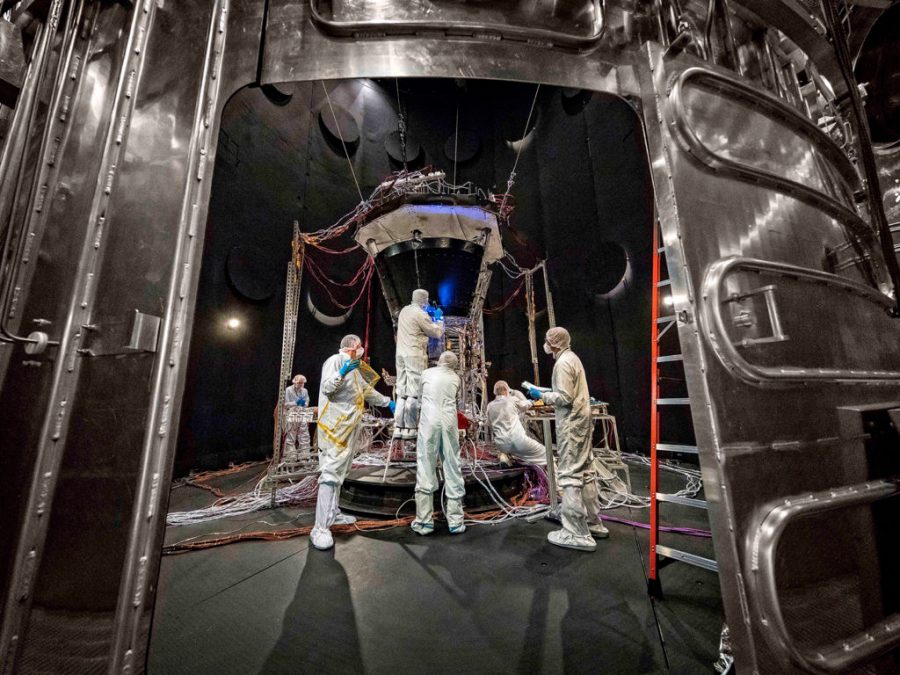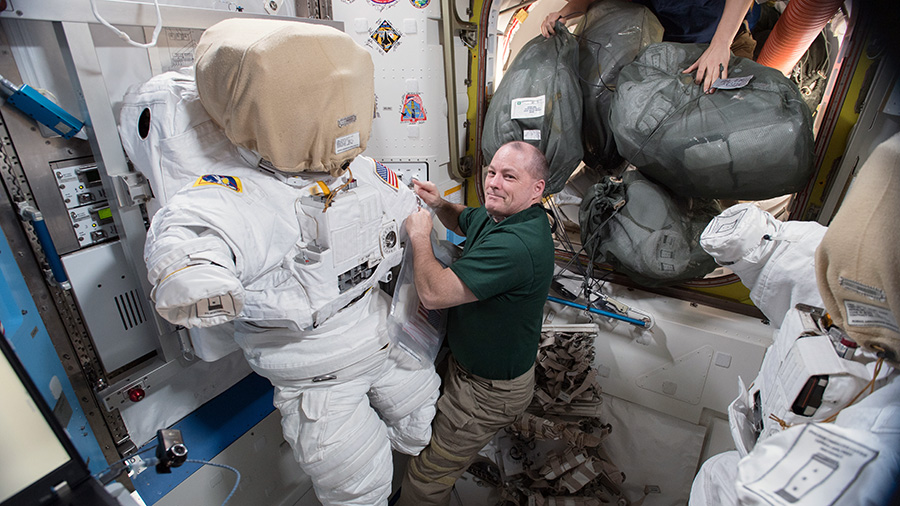Expedition 54 Commander Alexander Misurkin and Flight Engineer Anton Shkaplerov of the Russian space agency Roscosmos began a planned six-and-a-half-hour spacewalk when they opened the hatch of the Pirs docking compartment of the International Space Station at 10:34 a.m. EST. Both spacewalkers are wearing Russian Orlan spacesuits with blue stripes. Misurkin is designated extravehicular crew …
Cosmonauts Spacewalking Now For Russian Maintenance






























